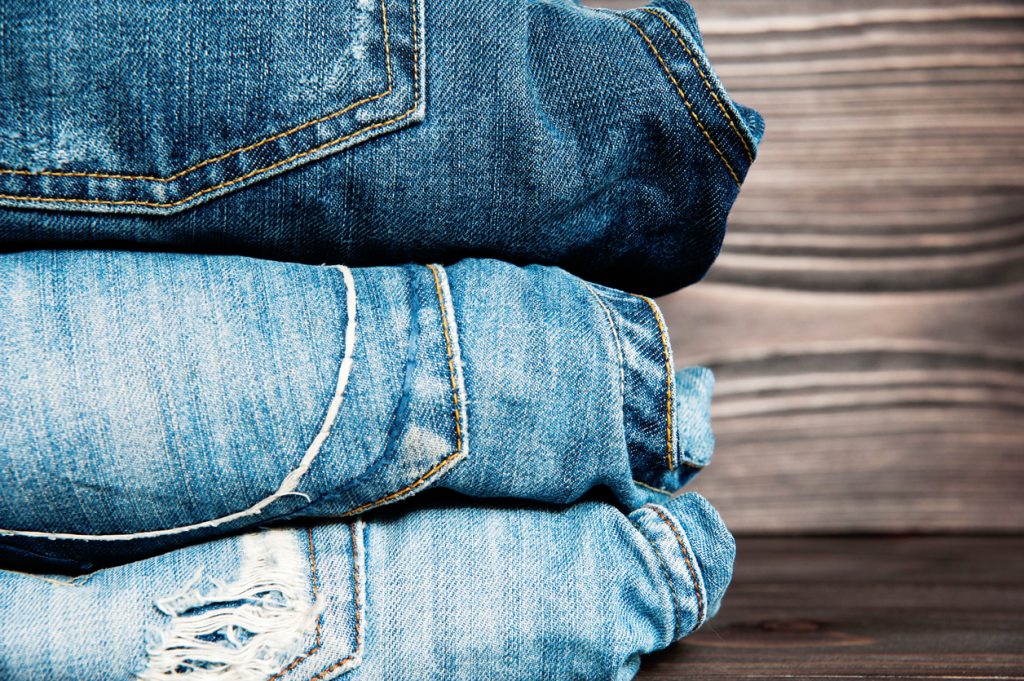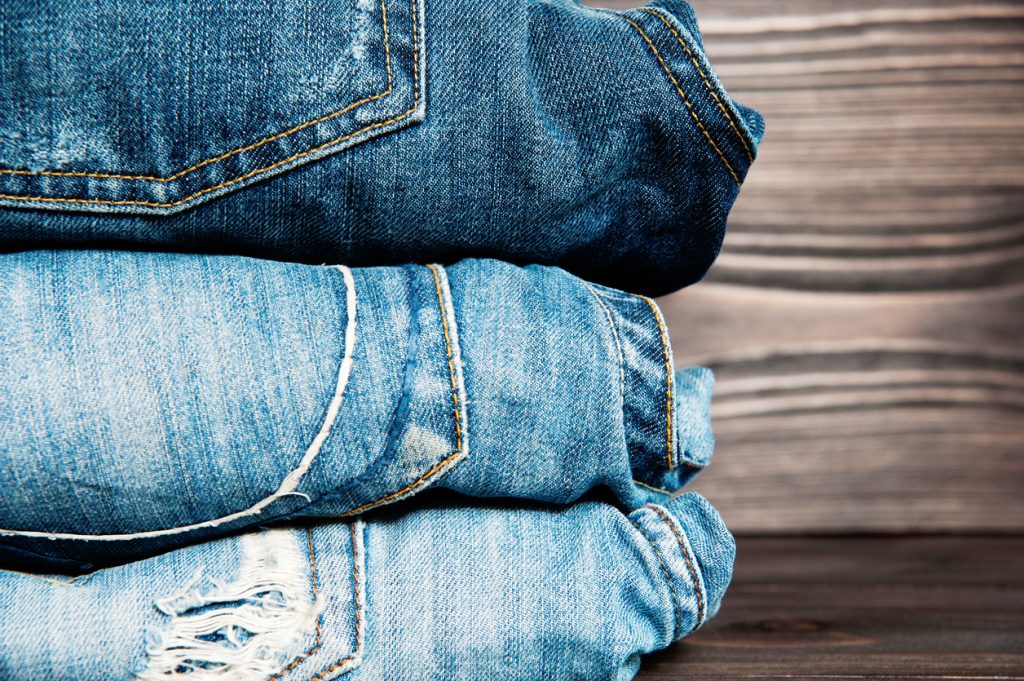As a fad, baggy hip-hop jeans lasted longer than bell-bottoms and parachute pants…combined. (This article was first published in Uncle John’s Curiously Compelling Bathroom Reader.)
Droopy Drawers
Believe it or not, the fad of wearing oversized, low-riding pants originated in U.S. prisons. In the late 1980s, many prisons banned the wearing of belts. And because standard-issue prison pants were often too big for inmates, they sagged. Instead of being embarrassed by having to wear clothes that didn’t fit, inmates turned it into a fashion statement. The fad spread to the outside world when gang members in Los Angeles started wearing their pants baggy and low in solidarity with their friends in prison. From there, it took off.
The style first found its way into pop culture through rap music. It started with M.C. Hammer’s 1990 hit single “U Can’t Touch This” and the video, which featured Hammer dancing in oversized “genie” pants. Within a year, the first beltless, boxers revealing jeans showed up on rap artists such as Ice-T, Too Short, and Kriss Kross (who also ushered in a short-lived craze of wearing the baggy pants backwards).
The trend quickly caught on with teenagers—urban and suburban— and the fashion industry knew it had a winner. By the mid-1990s, brands such as Levi’s, J. Crew, Tommy Hilfiger, Savanna, and Khakis had all released “anti-fit” jeans, and within a few years it was a multi-billion dollar industry.
Pull Them Up!
As with a lot of clothing fads, many parents, school officials, and even lawmakers disliked baggy pants. Some say the pants were dangerous because they made it easier to conceal a weapon. A counter-argument: baggy pants made concealed weapons that much harder to retrieve. But the loudest objections to the style centered on the fact that some people didn’t want to look at other people’s underwear. A few examples:
- Louisiana House Bill 1626, drafted by state lawmakers in 2004, tried to target any person who “intentionally exposes undergarments or intentionally exposes any portion of the pubic hair, or cleft of the buttocks.” After a close vote, the bill was defeated.
- A year later, Virginia legislators tried to create the “Droopy Drawers Law,” which would issue a $50 fine to any person whose pants were worn low enough to reveal their skivvies. “Underwear is called underwear for a reason,” said one congressman. The bill was voted down.
- Many school systems have had better luck. In a move to ban baggy pants, Lynn, Massachusetts, public schools issued a dress code in 2006, requiring all male students to wear belts and have their shirts tucked in at all times.
Most kids, however, didn’t see what the big deal was. A 2005 USA Today poll asked 218,000 teenagers whether baggy pants should be banned. Results: Over 80% said “no.” A Virginia high school student, Jessica Miller, when asked by the Washington Post about proposed anti-baggy pants laws, summed up the majority view: “They’re using words like ‘lewd’ and ‘indecent.’ War is lewd. Homelessness is indecent. Boxers showing—that’s tacky, but it’s not worth spending taxpayers’ money on.”










